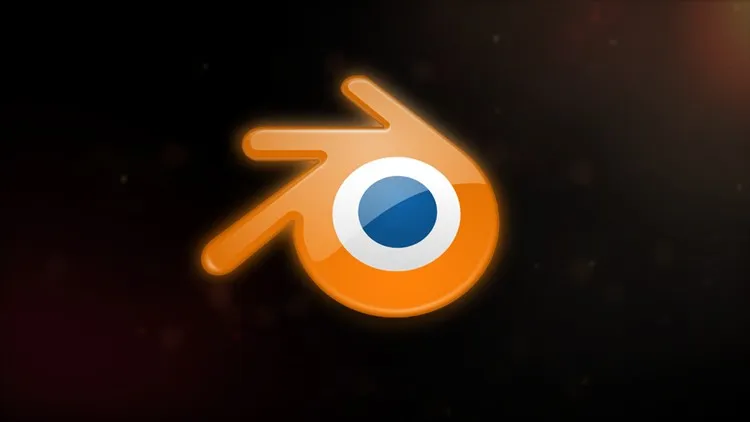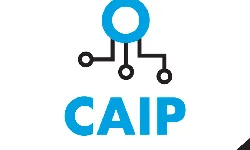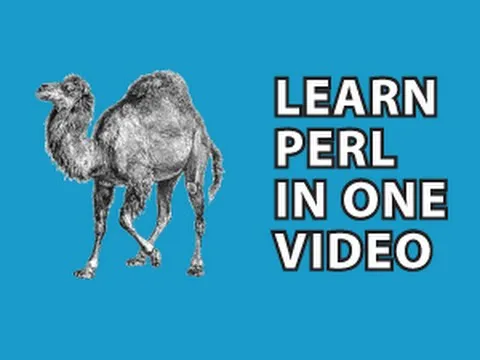
Introduction to Blender For Beginners 
This guide provides an introduction to Blender, a powerful 3D modeling and animation software, for beginners. It covers the basics of the program and provides an overview of the 3D world. ▼
ADVERTISEMENT
Course Feature
![]() Cost:
Cost:
Free
![]() Provider:
Provider:
Udemy
![]() Certificate:
Certificate:
No Information
![]() Language:
Language:
English
![]() Start Date:
Start Date:
Self Paced
Course Overview
❗The content presented here is sourced directly from Udemy platform. For comprehensive course details, including enrollment information, simply click on the 'Go to class' link on our website.
Updated in [April 29th, 2023]
Welcome to Introduction to Blender For Beginners! This course is designed to help you get to know your way around the Blender interface and gain confidence in your ability to take on your own large-scale 3D projects.
Course Overview: In this course, you will learn the basics of 3D modelling, materials, texturing, lighting, animation, sculpting, particles, and physics. You will also gain an understanding of the Blender interface and how to use it to create 3D projects.
Possible Development Directions: After completing this course, you will have the skills and knowledge to take on more complex 3D projects. You can explore more advanced topics such as rigging, character animation, and game development.
Related Learning Suggestions: To further your knowledge, you can look into other 3D software such as Maya, 3ds Max, and Cinema 4D. You can also look into other 3D modelling techniques such as sculpting, texturing, and lighting. Additionally, you can explore other 3D animation techniques such as motion capture and motion graphics.
[Applications]
After completing this course, students should be able to apply their knowledge of Blender to create 3D models, materials, textures, lighting, animations, sculpting, particles, and physics. They should also be able to confidently take on their own large-scale 3D projects. Additionally, they should be able to use the Blender interface with ease and be able to troubleshoot any issues that may arise.
[Career Paths]
1. 3D Modeler: 3D modelers create 3D models for use in video games, movies, and other media. They use software such as Blender to create 3D models from scratch or to modify existing models. This job is becoming increasingly popular as the demand for 3D content continues to grow.
2. 3D Animator: 3D animators use software such as Blender to create animations for video games, movies, and other media. They are responsible for creating realistic movements and effects for characters and objects in a 3D environment. This job is becoming increasingly popular as the demand for 3D content continues to grow.
3. 3D Visual Effects Artist: 3D visual effects artists use software such as Blender to create realistic effects for video games, movies, and other media. They are responsible for creating realistic lighting, textures, and other effects that make a 3D environment look realistic. This job is becoming increasingly popular as the demand for 3D content continues to grow.
4. 3D Game Developer: 3D game developers use software such as Blender to create video games. They are responsible for creating the 3D models, textures, animations, and other elements that make up a video game. This job is becoming increasingly popular as the demand for 3D content continues to grow.
[Education Paths]
1. Bachelor of Science in Computer Animation: This degree program provides students with the skills and knowledge necessary to create 3D animations and visual effects for film, television, and video games. Students learn the fundamentals of 3D modeling, animation, lighting, and texturing, as well as the principles of character design, storyboarding, and motion capture. This degree is becoming increasingly popular as the demand for 3D animation and visual effects continues to grow.
2. Bachelor of Science in Game Design: This degree program focuses on the development of video games, from concept to completion. Students learn the fundamentals of game design, programming, and art, as well as the principles of game mechanics, level design, and user experience. This degree is becoming increasingly popular as the demand for video games continues to grow.
3. Master of Science in Computer Graphics: This degree program provides students with the skills and knowledge necessary to create 3D graphics for film, television, and video games. Students learn the fundamentals of 3D modeling, animation, lighting, and texturing, as well as the principles of character design, storyboarding, and motion capture. This degree is becoming increasingly popular as the demand for 3D graphics continues to grow.
4. Master of Science in Virtual Reality: This degree program focuses on the development of virtual reality applications, from concept to completion. Students learn the fundamentals of virtual reality design, programming, and art, as well as the principles of game mechanics, level design, and user experience. This degree is becoming increasingly popular as the demand for virtual reality applications continues to grow.
Course Syllabus
Course Outline
Those Dreaded Shortcut Keys
Downloading and Installing Blender
Windows
The Blender Interface
Screen Layouts
Scene Management
Overview of the Properties Tabs
Render Settings
RenderLayer Settings
Scene Settings
World Settings
Object Settings
Modifiers and Constraints
Materials and Textures
Particles and Physics
The Blender "World"
Selecting Objects
The Toolbars
Shortcut Keys
Objects in Blender
The 3D Cursor
The Edit Mode
Vertices, Edges and Faces
Loop cuts, Subdivision and Extrusion
Modifiers
Exercise: Creating a Vase
The Cycles Rendering Engine
Cycles Shaders
The Powerful Shader System
Texturing
UV Mapping
Exercise: Leaf Texturing
Lighting Types in Blender
Creating Awesome Lighting
Exercise: Lighting up a Simple Interior Room
The Sculpt Mode
The Basics of Sculpting
Dynamic Sculpting in Blender
The Concept of Timeline and Keyframes
2 ways to animate in Blender
Animate everything in Blender
What are particles?
Using Blender's particle system
Exercise: Creating hair
Exercise: Making it rain
Pros & Cons

Easy and clear instructions

Comprehensive basics explained

Excellent chunks of information

Great job for this course

Free course

Old version

Audio could be louder

Cursor movement too fast

Cannot see mouse cursor

Haste and clicking hard to follow
Course Provider

Provider Udemy's Stats at AZClass
Discussion and Reviews
0.0 (Based on 0 reviews)
Explore Similar Online Courses

Build Decision Trees SVMs and Artificial Neural Networks

Perl Tutorial

Python for Informatics: Exploring Information

Social Network Analysis

Introduction to Systematic Review and Meta-Analysis

The Analytics Edge

DCO042 - Python For Informatics

Causal Diagrams: Draw Your Assumptions Before Your Conclusions

Whole genome sequencing of bacterial genomes - tools and applications

The BEST Way To Learn Blender in 2023!!

Blender 3D: Create Animate and Sell Game objects

Learn Blender for Beginners for free part 2
 Related Categories
Related Categories
Quiz
 Submitted Sucessfully
Submitted Sucessfully
1. What is the main purpose of this course?
2. What topics are covered in this course?
3. What software is used in this course?


Start your review of Introduction to Blender For Beginners